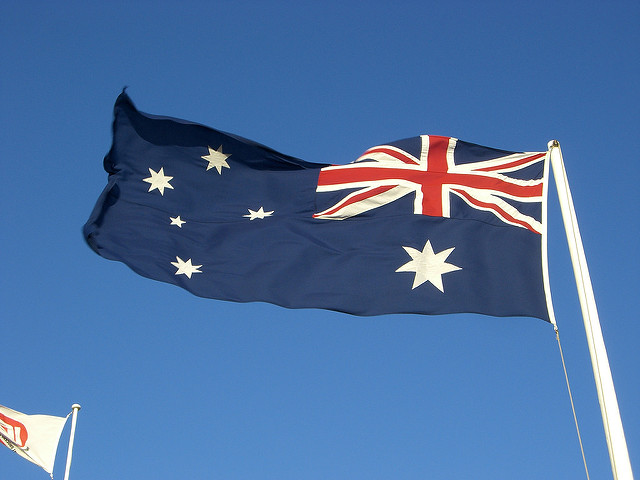
CANBERRA, Australia — The first 52 refugees to be accepted for resettlement in the United States under a contentious agreement with Australia have left Pacific island camps where they have languished for years, a refugee advocate said Wednesday.
The first 25 refugees from a male-only camp on Papua New Guinea’s Manus Island had flown out of the national capital Port Moresby on Tuesday for the United States via the Philippines and Qatar, Refugee Action Coalition spokesman Ian Rintoul said.
Another 27 refugees flew to Port Moresby on Wednesday from a camp in Nauru, he said.
Their journey would end in Los Angeles via the Philippines, Qatar and Chicago, Rintoul said.
The U.S. State Department said it expected 54 refugees from Nauru and Papua New Guinea to arrive in the United States in the coming days. The origin of the journey for the two additional refugees was not clear. Australian officials declined to comment.
The refugees are Rohingya Muslims from Myanmar, Afghans, Pakistanis, Bangladeshis, Tamils from Sri Lanka, Iranians, Somalis and Sudanese, Rintoul said.
The first 25 who left Port Moresby on Tuesday would settle in U.S. population centres including Atlanta, Sydney’s The Daily Telegraph newspaper reported. Rintoul said he did not know the specific locations where they were headed.
Former President Barack Obama’s administration agreed to accept up to 1,250 of Australia’s refugees — mostly from Iran, Afghanistan and Sri Lanka — in a deal some saw as repayment for Australia agreeing to accept Honduran and Salvadoran refugees under a U.S.-led resettlement program from a camp in Costa Rica.
President Donald Trump described the deal as “dumb” but has agreed to honour it subject to “extreme vetting” of refugees.
Rintoul said there was no indication how many of the more than 2,000 asylum seekers on Papua New Guinea and Nauru would be left behind.
“People (in the camps) are happy that these people have gone, but the big question is what happens to the rest,” Rintoul said.
“It raises the level of anxiety and uncertainty and that’s been magnified by the fact that U.S. officials have indicated that while they expect that there will be other groups being processed, it could take as long to process the next group of people as it has to process this one which is several months,” he said.
“There is no transparency, no time lines, no numbers, no certainty except the fact that there will be hundreds left behind,” he added.
Officials say U.S. security is paramount. All refugees approved for travel to the United States from Nauru and Papua New Guinea have passed the same stringent vetting processes that apply to all refugees considered for admission to the United States, and any individual not deemed to have met U.S. vetting requirements would not be admitted.
Australia will not settle any refugees who try to arrive by boat — a policy that the government says dissuades asylum seekers from attempting the dangerous and occasionally deadly ocean crossing from Indonesia.
Australia instead pays Papua New Guinea and Nauru to house asylum seekers in camps that have been plagued by reports of abuse and draconian conditions. Some of more than 2,000 asylum seekers have been in the island camps for more than four years.